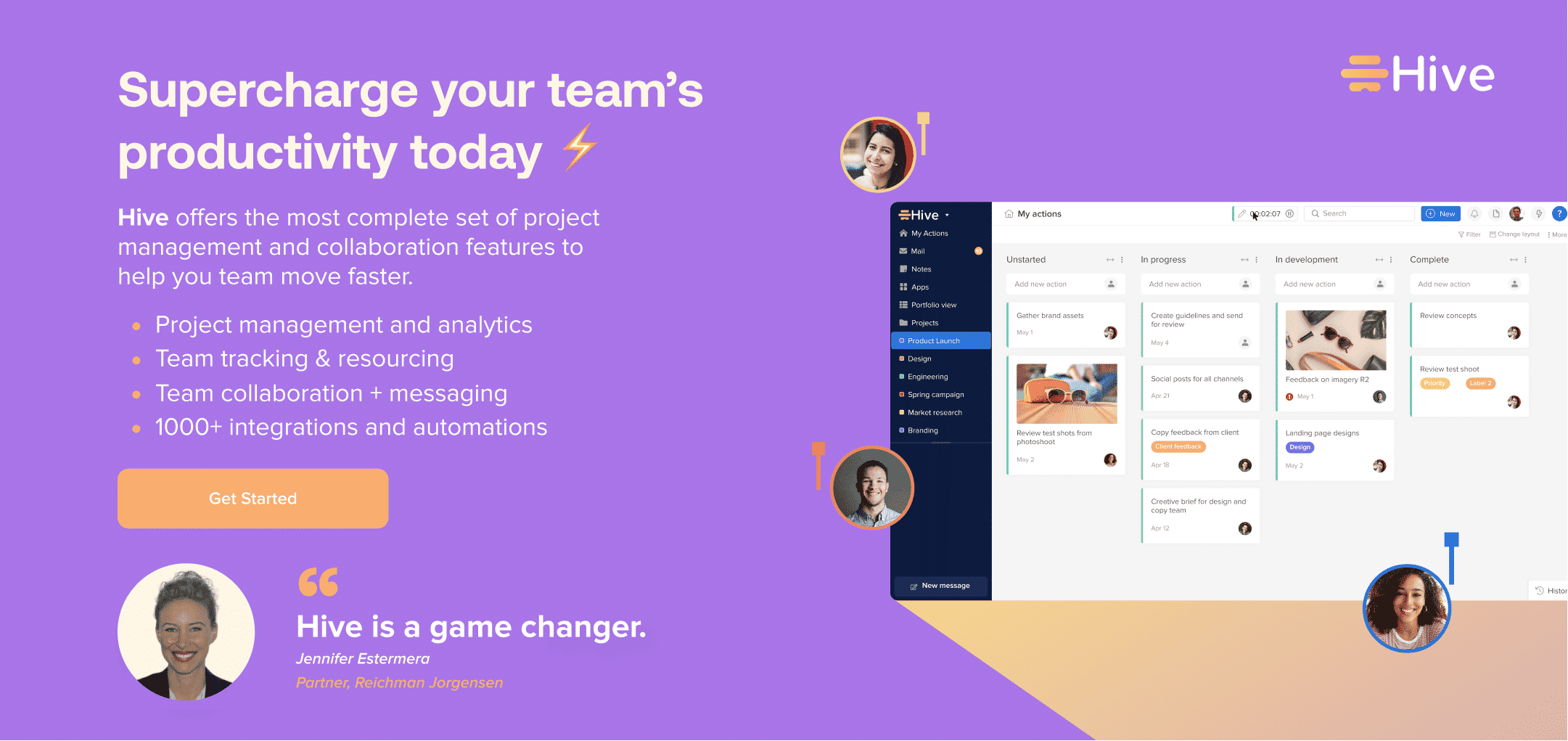
I’m a Conversation Expert — Here’s the No. 1 Way I Resolve Conflict at Work
Just a subtle change in your perspective can help you connect with others at work and resolve your differences: turn “towards.”
Regardless of the conflict or difficulties you’re facing, if you’re willing to “turn towards” the other person and connect with them, there’s an opportunity for discovery and resolution.
What does “turning towards” someone at work mean?
“Turning towards” exists whenever you have a relational perspective. You are open to discussion, accept flaws and seek a positive outcome.
The concept of being “turned towards” originated from my work with challenging relationships as a business consultant and in my private practice as a Licensed Clinical Social Worker for over three decades. I found that regardless of how unhappy, disconnected and invested people were in their negativity and struggle if I could get them to care about the other person’s experience, for the sake of the relationship, the interaction or the organization, things always changed quickly.
The shift moved them from a singular “me” or “I” way of thinking to a “we,” more relational perspective — and that made all the difference in breaking through their conflict.
What does “turning away” from someone at work mean?
Why is it so difficult to resolve our differences when we are upset with someone or feeling frustrated? The answer is the opposite of being turned towards; it is when we’re turned away.
These examples illustrate a range of “turned away” behavior during interactions:
- When you’re distracted by your phone and not fully focused on what the other person is saying
- If you’re upset with someone and thinking only about your feelings and reactions and not considering them at all
- When you respond defensively, aggressively or ignore the other person
When you’re “turned away,” you’re not connecting to the other person because you are in your thoughts. So whether you’re distracted or respond angrily, either way, you are thinking about yourself and not leaning into the interaction.
We all turn away sometimes. It can happen during any of our interactions and in significant relationships, such as when we get annoyed and tune out for a little while. It happens.
How can you stop “turning away” at work and start “turning towards”?
Bring more self-awareness to your interactions.
Make an effort to pay closer attention to yourself and the other person during important conversations. You’ll notice early on when you are feeling tense or annoyed.
Label yourself as being “turned away.”
If you know you’re turned away, try not to stay stuck in that perspective for too long. Shifting your thinking and turning toward is simply noticing the other person and actively listening to them, letting them know they matter to you.
Ask yourself why you’re being “turned away.”
Think about why you might be turned off. Do you know what’s causing you to be distracted or upset?
We might not immediately realize the impact of our negative or insular behavior on the other person or the situation. As a result, we stay in that hostile emotional place for extended periods. Those long-term “turned away” situations can leave a lot of damage behind. Try to dig into the reason why you’re “turned away” early on.
Make an intentional shift to “turn towards.”
Once you realize you’re disconnected, you can reconnect and “turn towards” the other person. The shift is intentional, and it’s usually quick because you know you want to show up differently. You make a conscious choice to shift your thinking because of how you want to respond to the other person or situation. For example:
If you’re only half-listening while speaking to someone on the phone because you are simultaneously listening to another conversation occurring outside of your office, you are not fully listening; you are distracted; you’re turned away. If so, you can choose to get up and close your office door. Problem solved.
If you are uninterested in listening to whatever someone has to say because they’ve disappointed you in the past, you are tuned out and turned away. When that happens, you get to decide how you want to proceed and if you want to share your feelings with them.
Hopefully, you’ll start noticing if you are tuned out, upset or distracted, and when you do, try to shift your thinking to the bigger picture for the sake of the other person, your job or the organization. Shift your perspective to turn towards them and connect.
This is how we connect as human beings, and it’s how we resolve issues. We “turn towards,” show an understanding and care about the other person’s experience. And it includes all of your interactions, whether a customer, worker, employee, friend or family member.
If you want to have a reasonably good interaction, a productive work relationship and a good company culture, think about turning towards others for the bigger picture.

